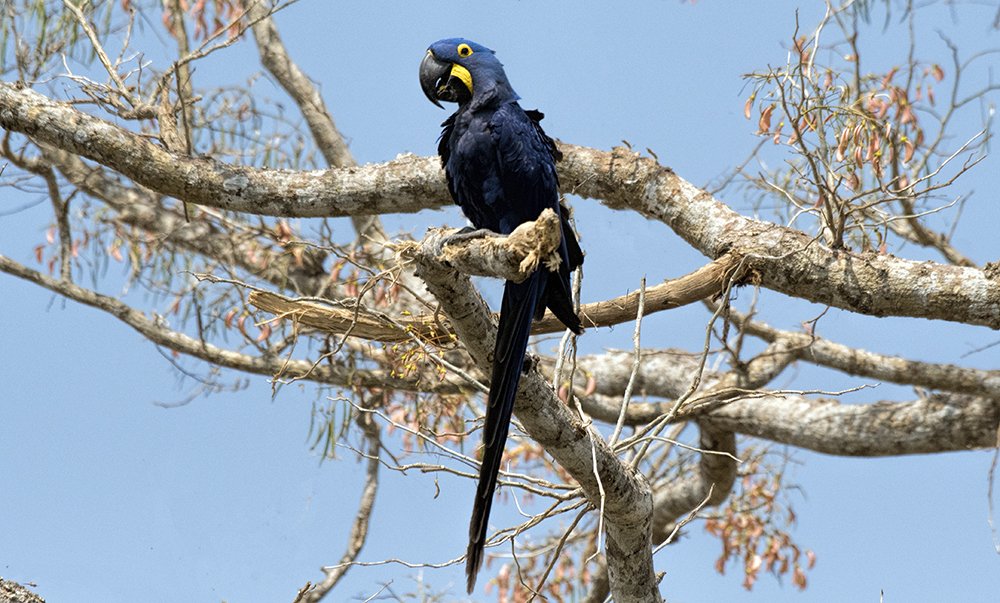
Way down among the Brazillians, Coffee beans grow by the billions, So they’ve got to find those extra cups to fill, They’ve got an awful lot of coffee in Brazil.… The Coffee Song lyrics ran like an earworm through my head as I prepared for my September trip to Brazil. Only, once I got there, I discovered that the coffee, while good, can’t compare to the birds. Oh my gosh! 1,712 species, 12% of which are endemics. I shouldn’t have been surprised. Carlos Sanchez, who designed, organized, and led our bucket-list trip, warned me, and Carlos knows Brazil. Our group saw over 400 birds on our 15-day tour of the Pantanal, Cerrado and the Amazon (Cristalino Lodge). (News flash–I just received the trip report from Carlos, and the tally is 419 species recorded, of which 16 were heard only; plus Ian and I saw an additional species before the tour started, courtesy of Paulo Boute. But, we’re not about the lists today!) Here are some of my favorite birds of Brazil:
Favorite Antbird: I have mixed feelings about antbirds, antwrens, antshrikes, any bird with a name beginning with ‘ant.’ They are challenging to find, frustrating to photograph, and the antbird experience often includes heat and humidity, mud and bugs. However, all is forgotten when you get a good look at them. Birds-whose-names-begin-with-ant are often surprisingly striking, and when I saw these two Bare-eyed Antbirds at Pocinha Francisco, a water station deep in the rainforest that surrounds Cristolino Lodge, my heart went pit-a-pat. I have a thing for birds with large eye-rings (also for birds with ‘spectacles,’ a similar look). Bare-eyed Antbirds are a Brazilian endemic and ‘obligate ant-followers,’ meaning that searching for, and then following swarms of ants, which flush the small bugs they feed on, is their aim in life. Lucky for us, they also need water. So, as the light faded, we saw these two Bare-eyed Antbirds enjoying a bath and a sip. Also, Spix’s Warbling-Antbird, Dot-backed Antbird, Xingu Scale-backed Antbird and Black-spotted Bare-eye. The heat and bugs were forgotten.
Favorite Every-Day Bird (Pantanal edition): Our first, very fleeting sight of Guira Cuckoos were fly-bys as we headed out of Alta Floresta towards Cristalino Lodge. We (we being my friend Ian and Steve from Los Angeles) were a little frantic, thinking we’d never, ever see them again. “Don’t worry,” Carlos said, “By the end of the trip you’ll be sick of them.” Well, I did not get cuckoo-fever, but it is true that once we returned from the rainforest we saw these large, funny-looking birds almost every day–under the airplane stairs on the Alta Floresta airport runway, the fields of the Pantanal, the roadsides of the Cerrado. We got particularly great looks at Guira Cuckoo at Pousada Piuval, a resort that is also a cattle ranch; they were active all day, even after many of the birds that gathered in the early morning dispersed, often whistling loudly from the fence posts.
Favorite Woodpecker: This is a toughie. We saw 15 woodpecker species, some, like Campos Flicker, colorful and photographable, some, like Crimson-crested Woodpecker, large and, yes, strikingly crested. I always felt uplifted when we spied the White-wedged Piculet, the only piculet of most of the Pantanal woodlands (Bar-breasted Piculet is uncommon in the northwest corner). They’re just so small and so busy with their pecking and trilling, often oblivious to the camera but obscured by leaves and branches. You can get a brief idea of their activity with this video (ignore the photographer commenting on the lighting in the background).
Favorite Bird Nest: Rufous Hornero nests, made of mud and shaped like Dutch ovens, are everywhere in Mato Grosso, and I got excited every time I saw one. Adaptable birds, they’ll build anywhere, from the tree next to our urban hotel in Cuiabá, to this utility pole at Posada Piuval (despite plenty of nearby trees!). The name hornero comes from the Spanish term for a male baker, el hornero. (And, writing this post, I’ve discovered that there is a Colombian bakery in Queens called El Hornero which I now need to try.) I was surprised to find out that our Ovenbird, the ground-walking warbler that also makes mud nests shaped like ovens, is not related to the Rufous Hornero at all. They are members of the Parulidae family and Horneros are members of the Furnariidae family, a nice example of parallel evolution.
Favorite Big Bird: This must be the year of the Jabiru for 10,000 Birds. First Corey gets his life Jabiru in Belize, then I see my lifer in the Pantanal. And, of course, Pat sees Jabiru every year in Costa Rica. It was one of my most-wanted birds for Brazil, and I was overjoyed when our first morning at Posada Piuval was filled with herons, egrets, ibises, Wood Storks, and, the biggest big bird of them all, Jabirus. I was practically right next to the two in this photo (and, note the Rufescent Tiger-heron photobomb). They remind me of the Greater and Lesser Adjutants I observed in eastern India last year–prehistoric looking in their huge size, ungainly bills and bodies, yet possessing an air of dignity and self-possession that sets them apart from other birds in the field. That is, until you come across one in a river and it starts doing neck rolls and looking completely silly.
Favorite Psittacidae: Hyacinth Macaw is one of Brazil’s signature birds (along with the Jabiru) and we had several excellent looks at this stunning, large (the largest parrot in the world according to Cornell’s Neotropical Birds) bird. Here it is emerging from a nest hole in a tree (not far from a Jabiru nest) on the grounds of Pousada Piuval. We also saw a couple copulating in a palm tree at Porto Jofre, a positive sign of this species’ hopefully stabilizing numbers after years of decline. (For more info and photos about the wonderful parrots of Brazil, reread Carlos’ post on Brazil’s Colorful Avian Clowns, which includes photos of the similar looking but smaller Lear’s Macaw.)
Favorite Kingfisher: I was very tempted to put down Green-and-rufous Kingfisher because it is very beautiful and I got great photos of it, but the winner has to be this female Amazon Kingfisher. She perched on our boat heading down the Cuiabá River (Porto Jofre area), and stayed for at least five minutes. A big difference from most of the kingfishers, who tended to fly away as we approached! At one point, the kingfisher flew across the boat and looked like she was going to land on my hand, a thought which both delighted and alarmed me (it’s a fairly large bird with sharp toes and a very sharp beak!). I took a video that shows the quiet charm of our all-too-brief traveling companion.
Favorite Non-Birds (Because birding is often more than birds)
Favorite Butterfly: This metalmark butterfly was tiny and alit on the top of Tower #1 at Cristolino Lodge for only a minute; luckily, I had my iPhone in hand when I spotted it, because if I had stepped back to get it into focus with my zoom lens I would have lost the shot. The photo doesn’t do it justice though–the ice-blue metallic sheen was dazzling, and the fine-tooled intricacy of the upper-wing design was made even more attractive by the tiny-ness of its size. I was able to identify the metalmark down to the Lasaia genus, but the name of the species eludes met so far. There are a number of Lasaia species in the Neotropics; they can be differentiated by the spot patterns, but it’s not easy. Any suggestions?
Favorite Reptile: Yacare Caiman is one of three species of Caiman we saw, and it gets the number one spot because of this sight. We were approaching Posada Piuval on the Transpantaneira, our first day traveling through the Pantanal, it was getting dark, and we were looking forward to dinner and rest when Bianca suddenly stopped the car and yelled. Did I say it was getting dark? It really was dark, and it took me a few minutes to realize that the road in front of us was moving. Or, rather, that hundreds of baby caimans were slithering, no, walking across the road. This photo is only the tail end of the “congregation” of baby caiman. It was one of those magic experiences when you are so absorbed you forget you have a camera. (And then, I had to work at getting my point-and-shoot to capture a clear photo since my larger camera was packed.) You can get a better idea of how dark it was, and what the mother (well, we thought it was the mother) looked like sitting by the side of the road in this video. There are 10 million individual Yacare Caimans in the Pantanal, according to Wikipedia, a huge comeback from a period when it looked like the species was being lost to poachers eager to profit from their crocadile skins.
Favorite Mammal: Jaguar for the win! Giant Otters–playful and oblivious to the lady with the camera–were in the competition, but all our boatman had to say was, “There’s a report of jaguars…” and we would say in unison, “Forget the birds. Let’s go!” The Porto Jofre area, located at the end the Transpantaneira Highway and featuring protected lands and a network of rivers, has become THE place to see jaguars (but only during the dry season, from June to September). The boatmen, who work for various floating hotels and local jaguar-viewing-tourism companies, keep in touch and once a jaguar is spotted on the shore, word quickly goes out. The scene of boats filled with tourists holding cameras ranging from iPhones to big lenses on tripods surrounding a jaguar on the shore reminded me of the tiger scene in Ranthambore N.P., India. Only, the boats kept at a respectful distance and the fact that we were in a river and not limited by a road meant that there was always a way to maneuver for a view. (And, our Birding Pantanal guide Bianca Bernardon made sure that we were always in a good position.) And, as you can see, the jaguars were oblivious to our presence. Every once in a while, one would turn towards us and look intently, and we would wonder how well jaguars could swim, and then they would go back to their business. We saw a family of three jaguars–mom, dad, and daughter–in the two full days we spent in Porto Jofre. At times they would be simply lying in the grass, other times they would engage with each other (the mother and daughter were surprisingly intimate) or stalk down the riverbank, eventually disappearing into the forest. No matter what they did, we sat and looked as Southern Screamers screamed from the treetops, fascinated by their self-confidence and beauty. It’s good to be at the top of the food chain!

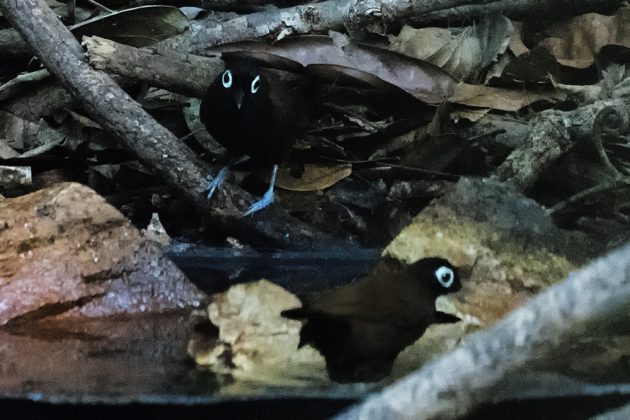
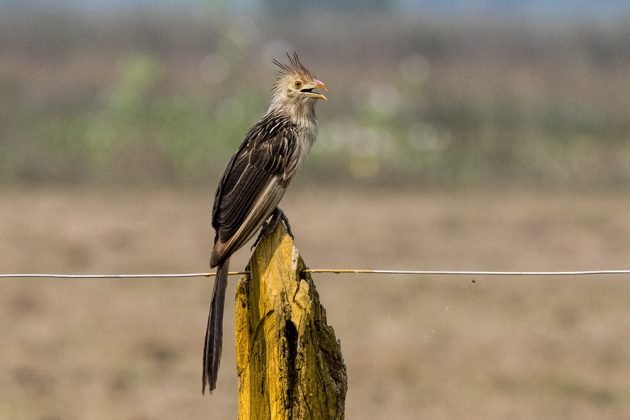
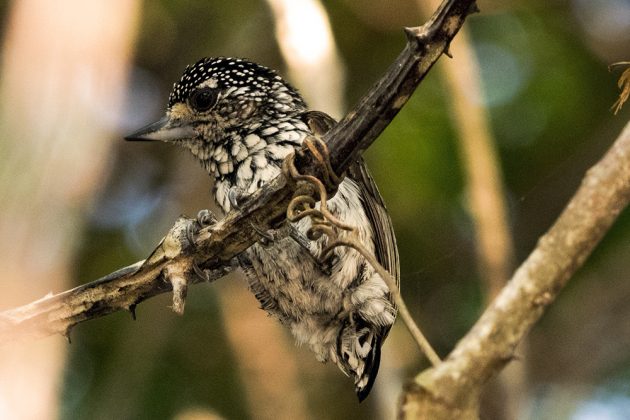
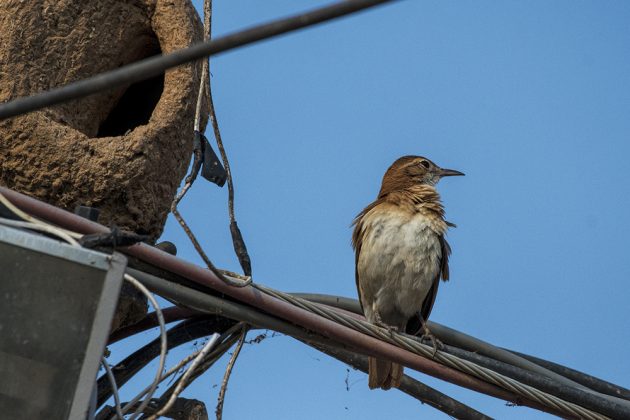
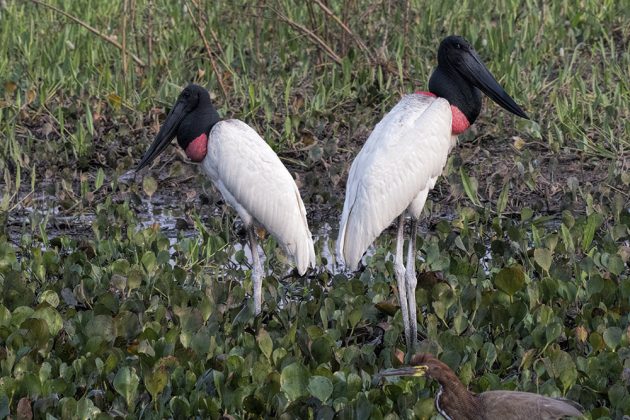
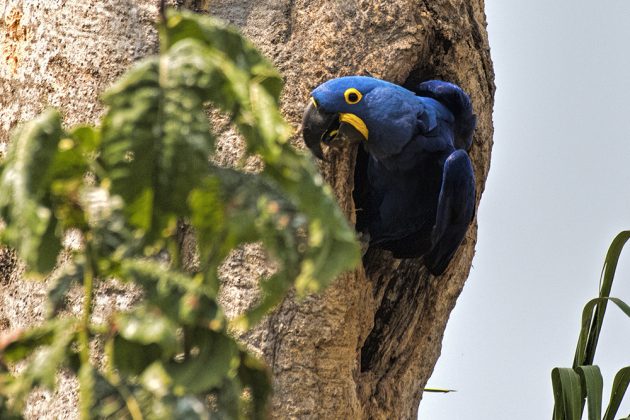
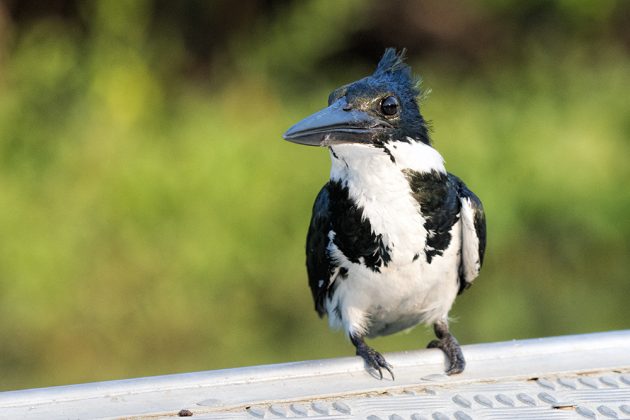
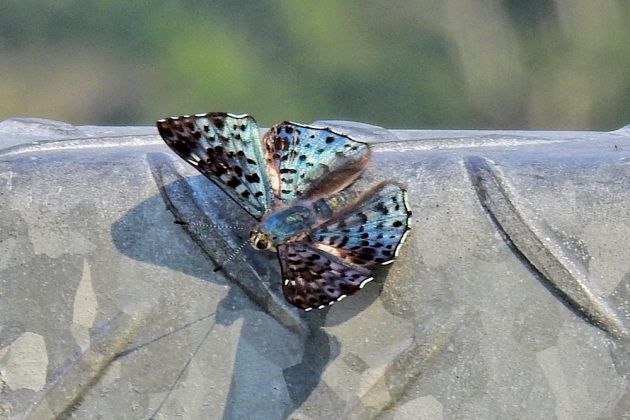
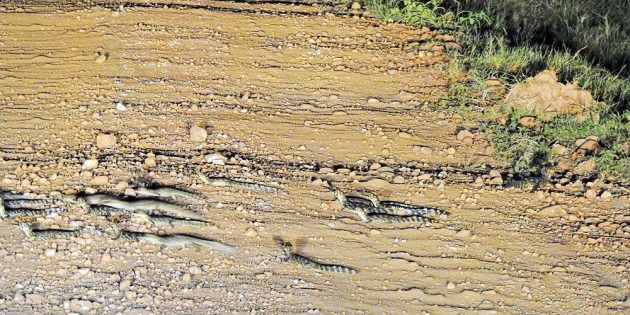
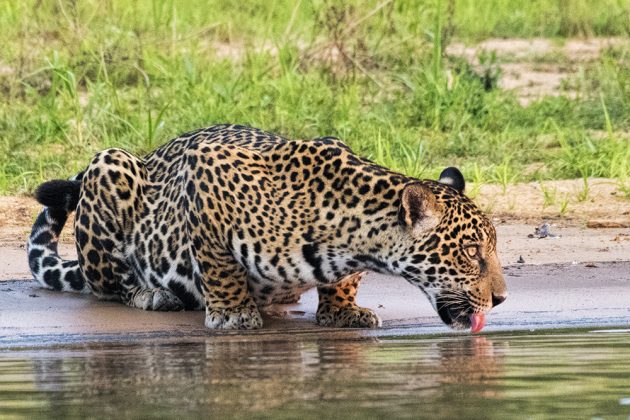










Leave a Comment